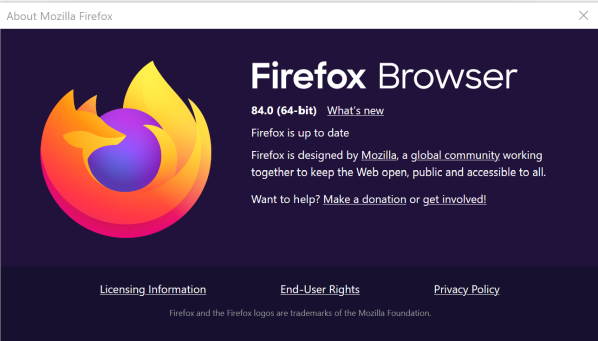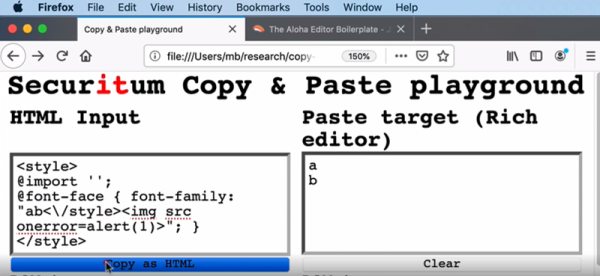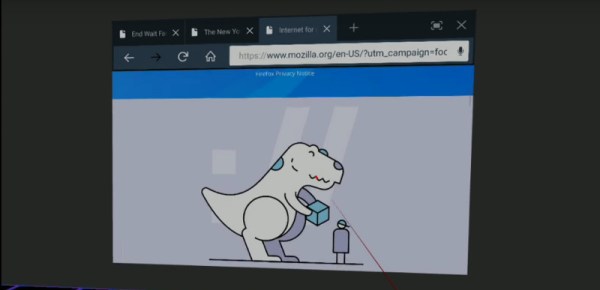For any smaller and larger software product that aims to be compatible with Apple’s MacOS, the recent introduction of its ARM-based Apple Silicon processors and MacBooks to go with them came as a bit of a shock. Suddenly one of the major desktop platforms was going to shift processor architectures, and with it likely abandon and change a number of APIs. Over at Mozilla HQ, they assumed that based on past experiences, Apple’s announcement of ‘first Apple Silicon hardware’ would also mean that those systems would be available for sale.
Indeed, one week after the November 10th announcement Apple did in fact do so. By then, Mozilla had worked to ensure that the Firefox codebase could be built for Apple Silicon-based MacOS. Fortunately, through the experiences of running Firefox on Windows-on-ARM, they already had gained a codebase that was compatible with 64-bit ARM. Ultimately, the biggest snag here was the immature Rust language and dependency support for Apple Silicon, which set back the first release.
When it came to the distributing of Firefox on Intel- and ARM-based Macs, the decision was made to package both versions of the application into a so-called Universal Binary. While this pads out the size of the installer, it also means easier distribution and would not affect the built-in updater in Firefox. This also allowed for an easy fix for the Google Widevine DRM module, for which no Apple Silicon version was available at first, allowing the same module for Intel to be used with either Firefox version via the Rosetta 2 binary translator in MacOS (as we covered previously).
After this it was more or less smooth sailing, with some Rosetta 2-based glitches and MacOS Big Sur-related bugs that spoiled some of the fun. What this experience shows is that porting even a big codebase like Firefox to Apple’s new platform is fairly straightforward, with lack of support from toolchains and other dependencies the most likely things that may trip one up.
The Rosetta 2 feature, while helpful, also comes with its share of gotchas as the Firefox developers found out, and of course there is a lot more optimization that can (and should) be done for such a new platform.


















